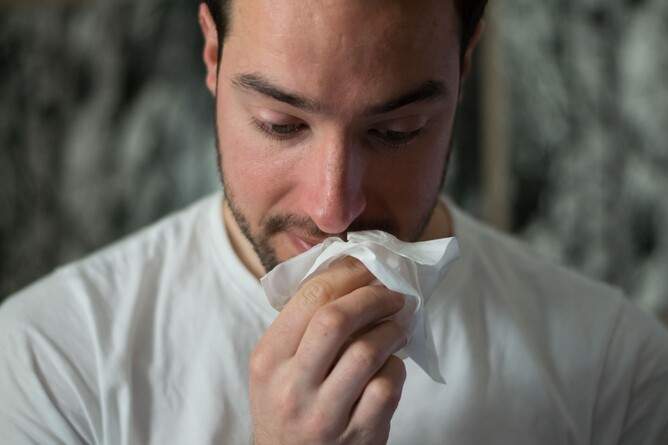We all look forward to summer – but for some it can be a challenging time. Hay fever season usually rolls around in late summer and can be difficult for people across NZ.
Open windows to let in a warm summer breeze can open your home up to unwelcome visitors much smaller and harder to control than the occasional bee- don’t let these allergens will make themselves at home.
Why do carpets cause hay fever?
Pollen has a way of finding its way into every corner of your home. Carried in on shoes and clothes, as well as in the air, gravity deposits it in the fibres of your carpet, where it can become embedded and continue to cause problems.
This problem isn’t just confined to pollen: bacteria, dust and mites can thrive in the protection of your carpet. They’re then stirred up by foot traffic or light cleaning, where they can rise into the atmosphere again. Fabric furniture, bedding and curtains also become great areas for these annoying microbes to fester.
Fortunately, there are steps serious hay fever sufferers can take to fight the allergens that build up in carpet.
If you’re really susceptible to the effects of hay fever, don’t let your carpeting help the allergens! Use our sensible carpet tips to give your allergies the boot.
Where should I focus?
Identify the areas of your house that are most exposed to pollen. Typically, rooms that have a high level of outdoor foot traffic will have the highest levels of pollen.
Also, be aware of rooms that might be highly exposed to gardens in summer- for instance with French or sliding doors immediately adjacent to your garden.
The bedroom is another area that, as a rule, should be carpeted in a way which fights allergens. The amount of time you spend sleeping, and the importance of that time being peaceful & uninterrupted rest, means you should consider doing everything you can to protect yourself from pollen there.
You should also bear in mind that thick or heavy carpets can be a very favourable environment for pollen, dust mites and bacteria.
Even regular vacuuming rarely penetrates to the base layers of these carpets and over time this can mean a heavy build-up of allergens in these types of flooring.In areas where you judge that you’re particularly at risk from allergen build-up, consider reducing or replacing your carpeting.
Rugs covering a smooth flooring surface such as Karndean or vinyl can be an excellent solution due to being easily removed during hay fever season, rolled up and stored until autumn.
What carpet is best for allergy sufferers?
There are many reasons you might not wish to go without carpets entirely. They’re warm in winter, comfortable underfoot and provide great sound insulation.
They can reduce energy bills and look great. Being susceptible to hay fever for a couple of months per year might not be sufficient reason to dispose of them entirely. Fortunately, there are choices you can make when selecting your carpet.
So what carpet is best- and what should I do next?
1. Choose a shallow carpet
As mentioned above, the deeper the pile, the more space you’re providing to the pesky pollen molecules that trigger your immune system.
Deep, fluffy carpets also provide recesses in which bacteria, mould and germs can thrive. In these warm, protected spaces, they can breed and spread almost effortlessly. This doesn’t mean you can sit back and relax, though.
Even without a deep pile in which to shelter, the pollen, germs and microbes are still on your carpet or flooring, and in fact will be swirling around more, being easier to disturb.
Even a shallow carpet will therefore need cleaning before you’ll notice a change.
2. Use non-organic fibres
Woollen carpets have lots of advantages- lush and authentic, they look fantastic but unfortunately, they provide a great platform on which microbes can develop.
Using synthetic fibres like nylon dries out pollen molecules and is inhospitable to microorganisms. This makes it a great surface for areas particularly susceptible to allergens and dust particles.
The great thing is that nylon is also widespread, affordable and available in a huge range of stylish designs.
3. Clean your home regularly
Besides having a beautiful & attractive home, this rule also means you’ll be cracking down on build-ups of microbes that can spread sickness or trigger allergies.
While most people vacuum and dust, consider also washing fabrics, such as curtains, pillow cases, and carpets, and bedding more frequently during allergy season.
4. Deep clean your carpet
Further to the advice above, giving your carpet a thorough, deep shampoo & wash with proper soap at least semi-regularly means scrubbing out the finest pollen granules, reducing the effects of your allergies and giving you a clean, microbe-free floor.

